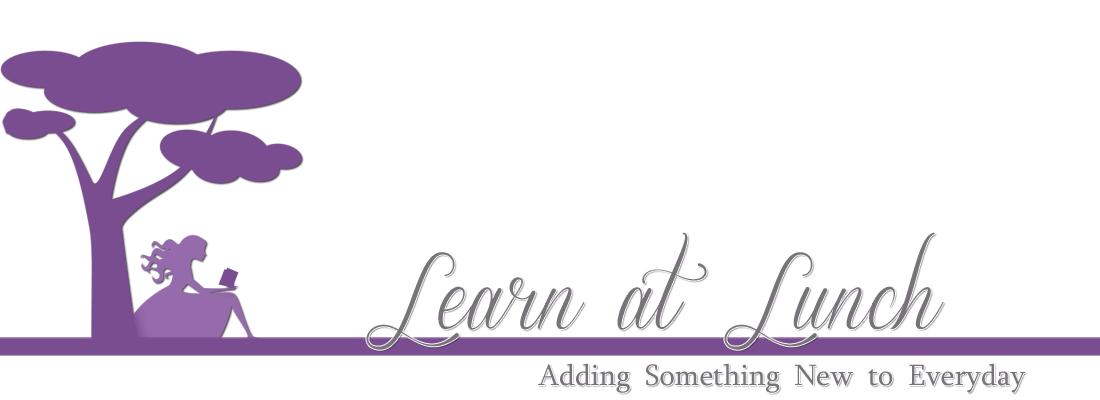Not considering that
there would be a connection with Flowers
of War, I visited the National Portrait Gallery's Black History Month
exhibit Bound for Freedom's Light: African Americans and the Civil
War today to learn a little at lunch. The exhibit included
photographs and prints that highlight the role of African-Americans throughout
the Civil War. The exhibit featured African-American soldiers, prominent
figures during the Civil War like Harriet Tubman and Frederick Douglass, and a
number of lesser known African-Americans that overcame great odds to escape
slavery during the Civil War.
Instead of focusing
on the triumphs of these African-Americans, I found myself thinking back to the
movie and my impressions of war in general. First, there is always a great
sense of pride for those who serve in the military. You could see it in the
depiction of both Union and Confederate soldiers at the exhibit. Second, war
has a devastating impact on communities.
From riots in opposition to the draft to military strategist who were
known for employing tactics that were designed to cripple all aspects of the
Confederacy, the exhibit clearly shows how the effects of war were felt far
away from the battlefields. Finally, I
was struck by the role of women in war. Whether it’s protecting each other from
harm or caring for wounded soldiers, women have always served in combat.
Bound for Freedom's
Light is a moving exhibit. We take so many things for granted today, it’s so
important to have these visual reminders of our predecessors' struggles and how
far we've come. An excellent opportunity to learn at lunch!









